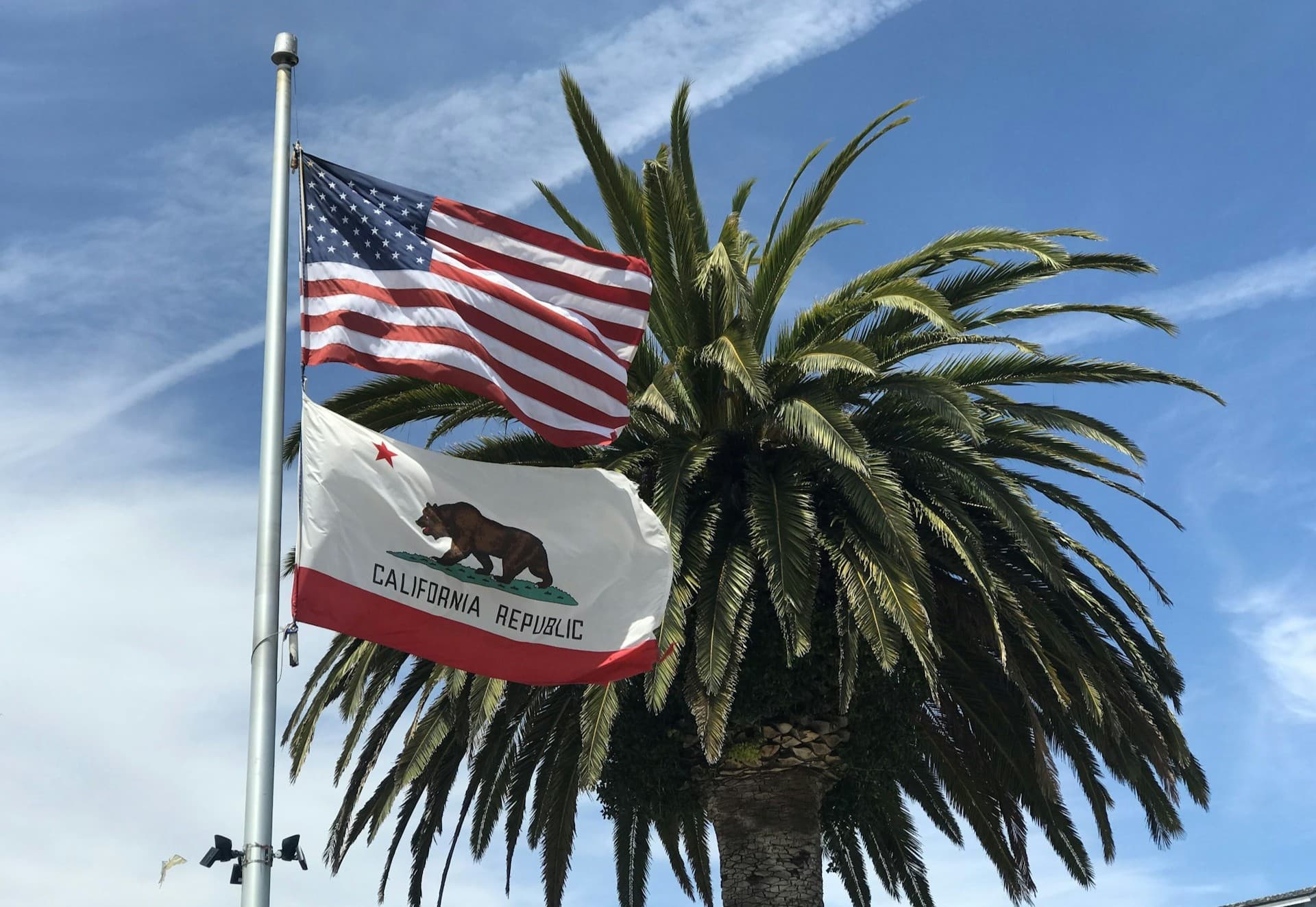Californians Just Voted to Get Tough on Crime. So Why Is Newsom Closing Another Prison?

RIVERSIDE COUNTY, Calif. – Less than a year after 10 million Californians voted to lengthen prison sentences and crack down on retail theft and fentanyl dealing, Governor Gavin Newsom is shutting down yet another state prison.
The California Department of Corrections and Rehabilitation announced on August 4 that the California Rehabilitation Center in Norco will close in 2026. It will be the fifth prison to shut down under Newsom's watch, even as prosecutors are filing thousands of new felony cases under Proposition 36, the voter-approved initiative that reclassified repeat petty theft as a felony and imposed stricter accountability for drug offenses.
The Riverside prison employs nearly 1,200 staff and houses roughly 2,766 people. Many of the 1,200 people who work at the Norco facility are expected to be reassigned elsewhere.
City of Norco officials are not putting up a fight. They see the property, originally an Art Deco hotel, as a future economic opportunity.
“For years, the City of Norco has advocated for the adaptive reuse of the Norconian Hotel & Resort property. The Norco City Council remains hopeful that one day, this historic gem will be restored to its former glory as a resort and will become a regional economic driver," the city posted on Facebook.
The closure is expected to save the state about $150 million and was included in Newsom’s May budget proposal as part of a broader plan to close a $12 billion deficit.
"The corrections department is committed to managing its resources responsibly to enhance public safety and best serve the people of California," the department said in a written statement.
Still, the move comes at a complicated time.
How does closing a fifth prison square with what California voters just demanded?
Californians Just Voted to Increase Sentences
In November 2024, voters in every county backed Proposition 36, the Homelessness, Drug Addiction, and Theft Reduction Act. It was the most popular ballot measure of the cycle. Among other things, it imposes felony charges for repeat theft, mandates treatment programs for certain drug crimes, and introduces Alexandra’s Law, which allows homicide charges for fentanyl dealers whose drugs cause a death.
The state’s nonpartisan fiscal adviser projects that Prop 36 will increase incarceration rates and court caseloads. Prosecutors filed more than 2,000 drug possession cases and nearly as many petty theft charges under the new law in the first two months of 2025 alone.
Despite the overwhelming public support, Newsom was one of Proposition 36’s most vocal critics.
Meanwhile, Prison Violence Is Rising
California’s prison population today stands at 90,769, its lowest level in 30 years. That number dropped sharply after COVID-19 hit in 2020. The state paused jail intake, introduced early release programs, and made public health the top priority inside prisons. Within one year, the population dropped from 123,100 to 94,600.
But the long-term impact of those changes is still playing out.
According to CDCR data, incidents involving the use of force and battery against officers and other incarcerated individuals have steadily increased from 2021 through 2025.
Just last month, 11 prisons, including Salinas Valley, were placed on lockdown due to a surge in violence inside the facilities.
On July 17, a California state parole agent became the first CDCR officer killed in the line of duty since 2018 when he was shot inside a state parole office by a man who had been released just months earlier after serving only four years for randomly stabbing a stranger in the neck.
Can Newsom Still Be Tough on Crime While Closing Prisons?
Governor Newsom has worked to position himself as a national figure who is tough on crime but also committed to reform. But as he eyes a possible presidential run, the optics of closing yet another prison may complicate that message.
His decision stands in stark contrast to President Donald Trump, who has called for reopening Alcatraz as a symbol of law and order. One leader is closing facilities. The other wants to bring back the most notorious one in the country.
The California Correctional Peace Officers Association, which has stayed relatively quiet during Newsom’s four previous closures, pushed back hard on Newsom’s decision.
Calling the state’s decision a “disruptive move with serious consequences,” CCPOA President Neil Flood said that prison closures result in forced transfers and force some officers to leave their careers in public safety.
Shuttering CRC eliminates essential physical space that relieves overcrowding, supports rehabilitative programming, and maintains a workable ratio between staff and incarcerated individuals,” Flood said. “This balance is critical to safety for all Californians: reducing capacity while raising population density leads to more violence overall, both within institutions and beyond their walls.”
Newsom’s administration insists the closure is about fiscal responsibility. But with violence in prisons up, felony filings growing due to Prop 6, and his national reputation under a microscope, Newsom’s decision to close CRC in Norco may prove more politically risky than the governor expected.
This article is based on original reporting from CalMatters and the Sacramento Bee.
 Cara Brown McCormick
Cara Brown McCormick







